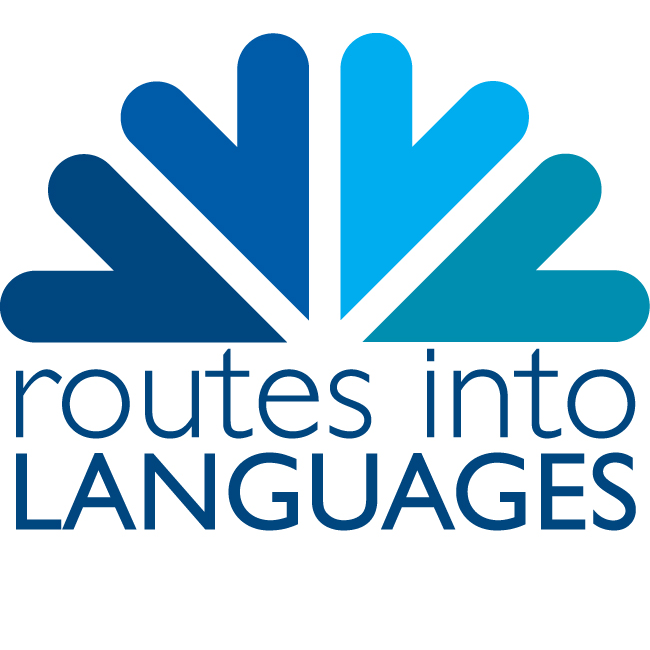Language & Fashion Course
Written by Luke Roskilly (of Double Club fame!), the Fashion & Languages resources are designed to provide an adaptable, activity-based framework for teaching languages at Key Stage 3. By combining language learning with fashion, the resources aim to inspire pupils, helping them to acquire and creatively develop language skills.
The resources are divided into seven main Units (Section 3) dealing with topics taught at Key Stage 3, including colours, items of clothing, personal descriptions etc., whilst also introducing ‘real world’ fashion vocabulary and phrases, such as fabrics and patterns, giving compliments and basic ‘movement’ commands. The resources culminate in a final celebratory Unit, in which pupils are intended to put on a fashion show (the scope is up to you) to celebrate and demonstrate what they have learnt, and what has interested them.
The resources and methodology
The Fashion & Languages resources are comprised of this Teachers’ Handbook, supported by a series of colourful, animated PowerPoint presentations (one per Unit), as well as vocabulary cards and adaptable templates for vocabulary learning activities.
The resources are activity-based, placing the focus on visual, kinaesthetic and creative activities to allow pupils to develop a logical understanding of new vocabulary and phrases, which they can then try out and adapt. Each Unit includes a mixture of activities to introduce and help pupils practise new language, as well as a creative extension activity in which pupils develop a fashion ‘look book’ to implement in writing what they have learnt.
In addition to the eight detailed Unit plans, the Teachers’ Handbook contains a series of vocabulary games and activities (Section 2), which can be used to augment the activities suggested in the Unit plans. For planning purposes, all activities are tagged with the language skills which they are intended to develop (Listening, Reading, Speaking, Writing), as well as the group type to which they are most suited (whole class, groups, pairs, individual).
Throughout, the Fashion & Languages resources are intended as a source of ideas and suggestions rather than as set of instructions to be followed to the letter. Feel free to pick and choose activities (one Unit could span multiple lessons), to adapt the activities to match your educational goals and the language level / interests of your pupils, and also to supplement the resources with your own activities and worksheets.
Languages
The core methodology used in the Fashion & Languages resources has been designed to be as universal as possible, allowing it to be easily adapted for different languages. For this reason, the Teacher’s Handbook provides examples in English, with specific grammar notes for the target language, where needed. The target language in this pilot version of the resources is German.
Cross-curricular and international project work
The Fashion & Languages resources can be used solely as a support for language teaching, but can also provide an excellent basis for creative, cross-curricular project work, both in your own school and in cooperation with other schools as part of an international project. The Teachers’ Handbook includes a detailed selection of project ideas (Section 4) with suggestions for both cross-curricular and international activities.
To provide you with further inspiration, the Teacher’s Handbook also includes a series of case studies
(Section 5), providing examples of projects combining fashion and language learning, from a Spanish fashion show to
an international project in which pupils designed and made clothes from recycled materials.

 An exciting presentation competition from OCR and Routes into Languages East, with an AMAZING prize: a week's internship in a major translation company (and the glory of winning, of course!)
An exciting presentation competition from OCR and Routes into Languages East, with an AMAZING prize: a week's internship in a major translation company (and the glory of winning, of course!)